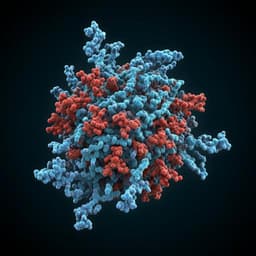
Medicine and Health
Mechanism of action for small-molecule inhibitors of triacylglycerol synthesis
X. Sui, K. Wang, et al.
Explore the groundbreaking findings on DGAT1, an enzyme crucial for triacylglycerol synthesis, and discover how inhibitors T863 and DGAT1IN1 operate in distinct ways. This study, conducted by Xuewu Sui and colleagues, sheds light on the selective inhibition mechanisms relevant to metabolic diseases and future therapeutic developments.
~3 min • Beginner • English
Related Publications
Explore these studies to deepen your understanding of the subject.







